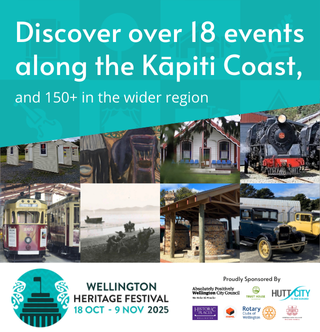Spring is in the air and so is the pollen that delivers hay fever, dusty cars and yellow sludge on the water.
Grasses, trees and flowers all contribute to the cocktail of pollen dust that floats in the air and gets up our noses causing seasonal allergic rhino conjunctivitis, or hay fever, in many.
Pollen that does escape our eyes and airways eventually falls to accumulate on hard surfaces like our cars (which may figuratively also get up our nose) and paved surfaces until it is washed into stormwater drains and waterways when it rains.
The result is a thick yellow sludge in waterways and on beaches, and a lot of calls to the regional council’s pollution hotline.
“We ask people to be on the lookout for pollution and pollen accumulations can look a lot like a paint spill or industrial pollution, so we do get quite a few calls around this time of year. We’d rather be notified in the event it is something harmful,” says Greater Wellington Regional Council’s Manager of Environmental Regulation, Alistair Cross.
Pollen falls are a natural event and while the particles can cause disagreeable reactions in people, the micro-organisms and aquatic life in natural water consider it food and a very good source of protein.
So, if you do come across a yellow sludge and are not sure about what you are seeing call Greater Wellington Regional Council’s 24-hour Pollution Hotline (free phone 0800 496 734).



























